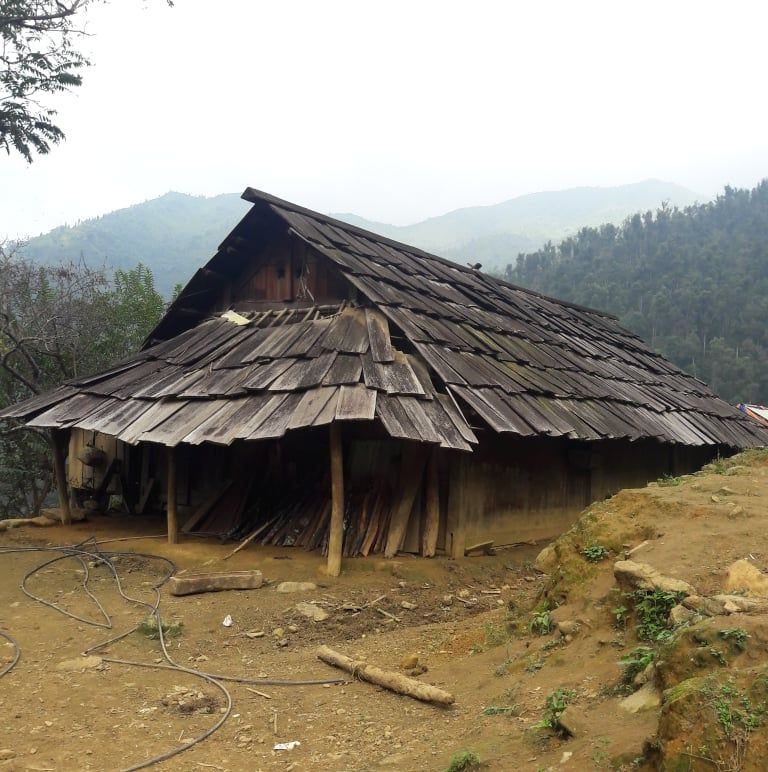Exploring the Traditional Houses of the Hmong People
Introduction to Hmong Architecture
The Hmong people are an ethnic group with a rich cultural heritage, primarily residing in the mountainous regions of Southeast Asia. Their traditional houses offer a fascinating glimpse into their way of life, reflecting both their resourcefulness and their connection to the environment. These homes are not just structures; they embody the Hmong's history, social organization, and values.
The architecture of Hmong houses is influenced by the natural resources available in their surroundings. Built predominantly from locally-sourced materials, these homes are designed to withstand the challenges of mountainous terrain and climate. The simplicity and functionality of their design speak volumes about the Hmong people's deep understanding of their environment.

Design and Structure
Hmong houses are generally rectangular, with a thatched roof that extends over the walls to provide additional protection from rain. The walls are often made of land, bamboo or wood, materials that are both abundant and sustainable. Inside, the space is typically divided into sections for sleeping, cooking, and storage.
One of the most distinctive features of a Hmong home is its elevated structure. Houses are often built on stilts, a practical solution for avoiding flood damage and keeping pests at bay. This design also promotes air circulation, providing a natural cooling system during warmer months.

Cultural Significance
Each part of a Hmong house holds cultural significance. The central pillar, for example, is not just a structural element but also a symbol of strength and stability. It is often the site of important family rituals and ceremonies. The layout of the house is carefully planned to align with cultural beliefs related to harmony and balance.
Moreover, the construction of a house is a communal affair. Building a home involves the participation of extended family members and neighbors, reflecting the Hmong's strong sense of community. This collaborative effort reinforces social bonds and ensures that cultural traditions are passed down through generations.

Interior Features
The interior of a traditional Hmong house is modest yet functional. Most homes feature an open space that serves multiple purposes, from living to dining. The hearth is a central element, used for cooking and heating, and often serves as a gathering place for family activities.
Furnishings are minimal but practical. Mats or low wooden platforms are used for sleeping, while storage areas are cleverly integrated into the design to maximize space efficiency. Although simple, these interiors are designed to meet the everyday needs of the family.
Modern Influences
While many Hmong communities continue to maintain traditional building practices, modern influences have started to permeate their architecture. Some families have adopted concrete and metal roofing materials for increased durability and weather resistance. However, such changes are often balanced with efforts to preserve traditional aesthetics.
As younger generations return to their ancestral villages with new ideas and resources, there is a growing trend towards hybrid designs that blend traditional elements with modern conveniences. This evolution in architecture reflects the dynamic nature of Hmong culture as it adapts to contemporary realities.

Preserving Tradition
The challenge for many Hmong communities today is preserving their architectural heritage while embracing necessary changes. Cultural preservation efforts are underway to document traditional building techniques and educate younger generations about their significance.
Organizations dedicated to cultural heritage are working alongside local communities to ensure that the skills required to build traditional Hmong houses are not lost. Through workshops and educational programs, they aim to inspire a renewed appreciation for these architectural gems.
The traditional houses of the Hmong people are more than just shelters; they are a testament to the resilience and creativity of this unique ethnic group. As we explore these architectural marvels, we gain insight into the Hmong's harmonious relationship with nature and their enduring cultural legacy.
By understanding and valuing these traditional homes, we contribute to their preservation for future generations to admire and learn from. The story of Hmong architecture is a reminder of the importance of cultural heritage in shaping our world today.
